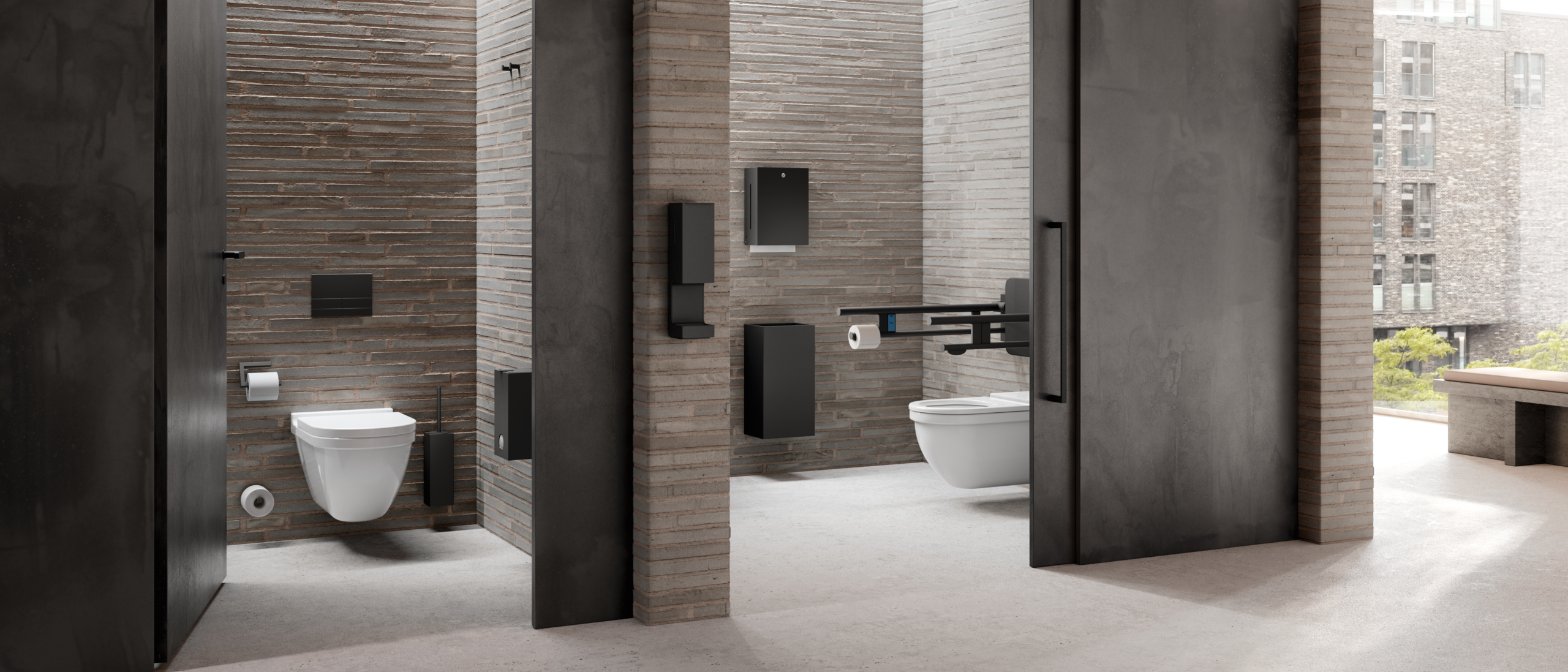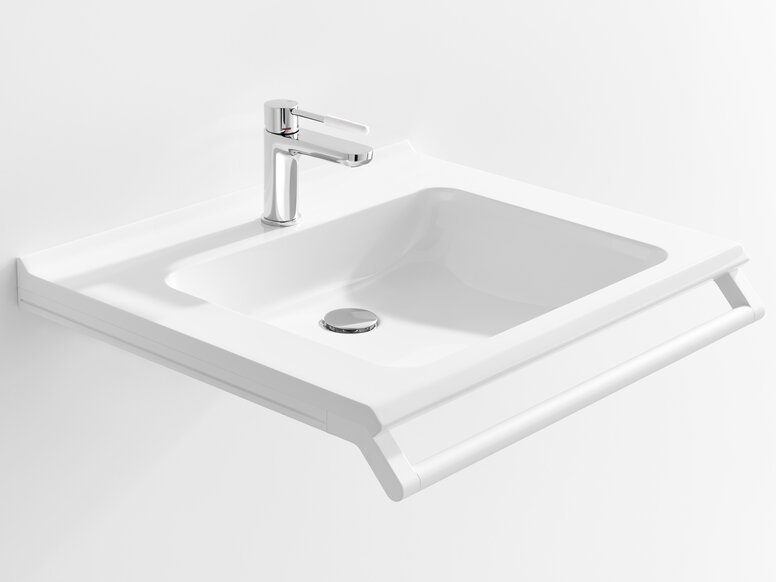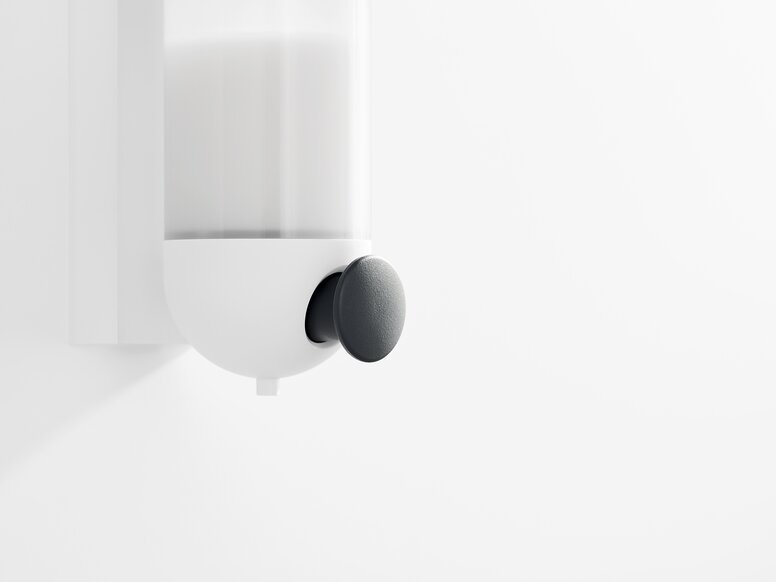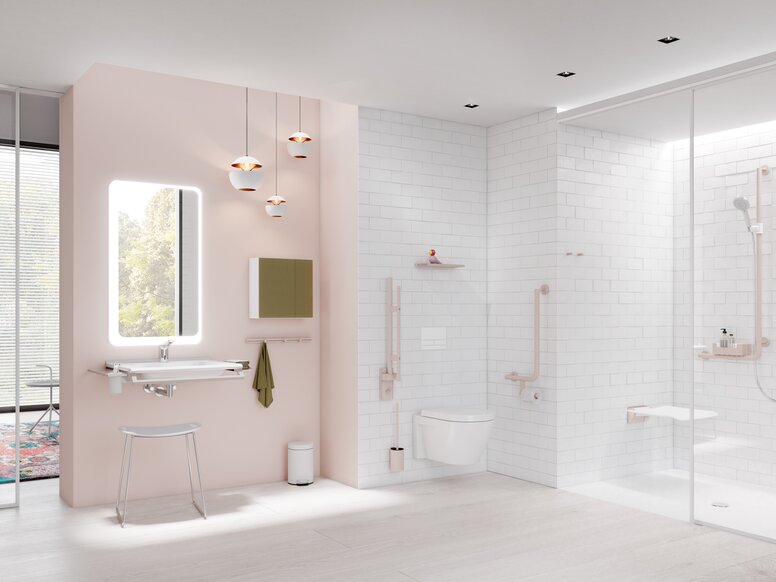HEWI MAG / Design
Universal Design: From accessibility to inclusion thanks to architect Ronald Mace
How can design improve the quality of life for everyone? Ronald Mace has found an answer to this. He was an architect and pioneer of universal design. Partly because of his personal experience with a disability, he was committed to designing buildings and public spaces in such a way that they can be used by people of all abilities. We have summarized what we can learn from him in terms of diversity and inclusion in this article on universal design.
The man behind Universal Design
Ronald Mace contracted polio at the age of nine. As a result, he lived with physical limitations for the rest of his life - an experience that decisively shaped his professional focus. Despite or because of the physical challenges, Mace found his way into the world of architecture. He wanted to create spaces that were truly accessible to everyone.
In 1989, he founded the Center for Universal Design at North Carolina State University, where his work and research laid the foundation for a new design philosophy. This went beyond the mere fulfillment of legal requirements for accessibility: He strived for solutions that combine beauty, functionality and accessibility to create buildings and products that serve everyone. Mace quickly established herself as a leading voice in a movement that would also redefine the way we think about the inclusion and empowerment of people with disabilities in our society.
Universal Design Principles - the basics
Universal Design Principles - the basics
Ronald Mace helped to formulate the seven basic principles of universal design, which still serve as the basis for inclusive design today:
- Equal use: The design can be used by people with different abilities and benefits them equally.
- Flexibility in use: The design takes into account a wide range of individual preferences and abilities.
- Easy and intuitive use: The use of the design is easy to understand, regardless of the user's experience, knowledge, language skills or current ability to concentrate.
- Perceptible information: The design effectively communicates necessary information to the user, regardless of environmental conditions or sensory abilities.
- Error tolerance: The design minimizes hazards and the negative consequences of accidental or unintentional actions.
- Low physical effort: The design can be used efficiently and comfortably and with a minimum of fatigue.
- Size and space for access and use: Appropriate size and space are provided for access, reach, manipulation and use regardless of the user's height, posture or mobility.
By applying these principles, designers and architects can create spaces that are not only functional but also welcoming for all. They promote inclusive design that is flexible, simple and intuitive for every user, regardless of ability or circumstance. They emphasize the importance of safe, convenient use and ensure that all information is clearly communicated while minimizing risks. By taking into account different body sizes and ranges of movement, they aim to reduce physical effort and guarantee accessibility for everyone.
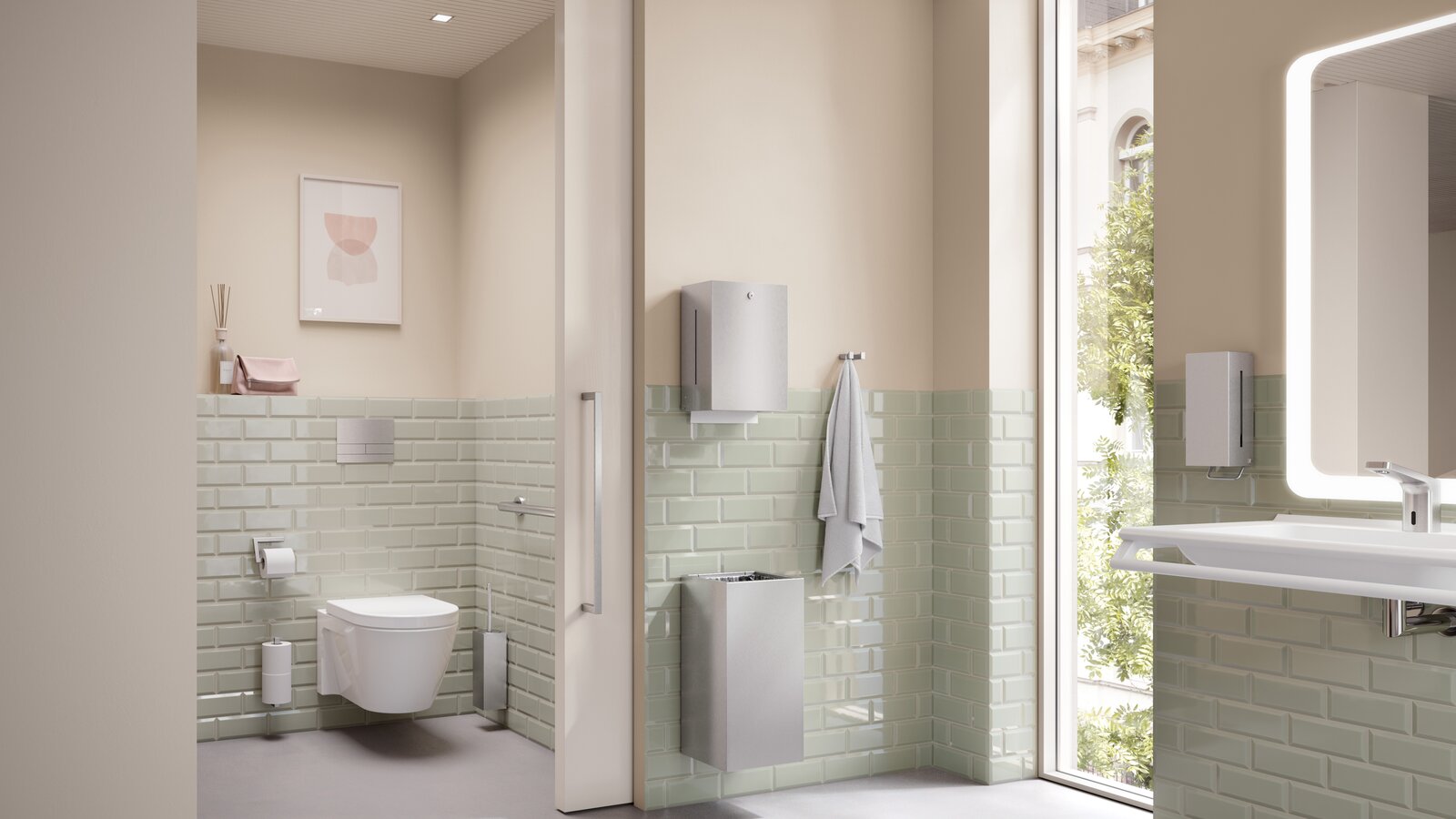
A legacy that lives on
Ronald Mace may no longer be with us, but his influence on the world of design and architecture lives on. His vision of a more accessible and inclusive world continues to resonate with designers, architects and builders worldwide. Mace taught us to think beyond the boundaries of traditional design and to look for solutions that serve everyone. His legacy reminds us that design plays a powerful role, not only in the aesthetics of our environments, but also in the way we as a society can promote inclusion and accessibility. By applying his principles of universal design to accessibility, we can continue to create spaces that welcome and serve everyone.
HEWI: Continuing a modern legacy
In modern architecture and product design, HEWI is committed to the philosophy of universal design for accessibility: HEWI builds on the foundations laid by pioneers such as Ronald Mace and develops products that combine accessibility, functionality and aesthetics. From door handles that are easy to grip to sanitary facilities that offer safety and comfort, HEWI focuses on a design that takes the needs of all users into account. The aim is always to create innovative products that improve the quality of life without compromising on design.
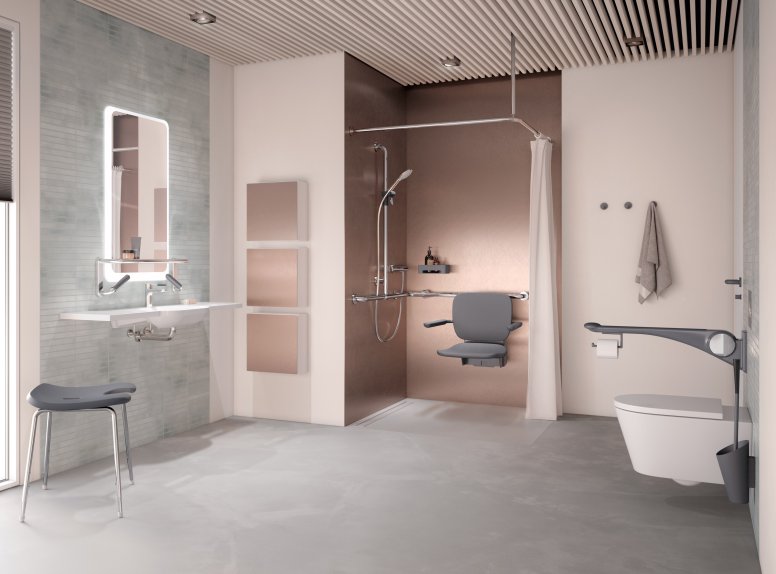
Stay informed
Stay up to date and subscribe to our newsletter.
